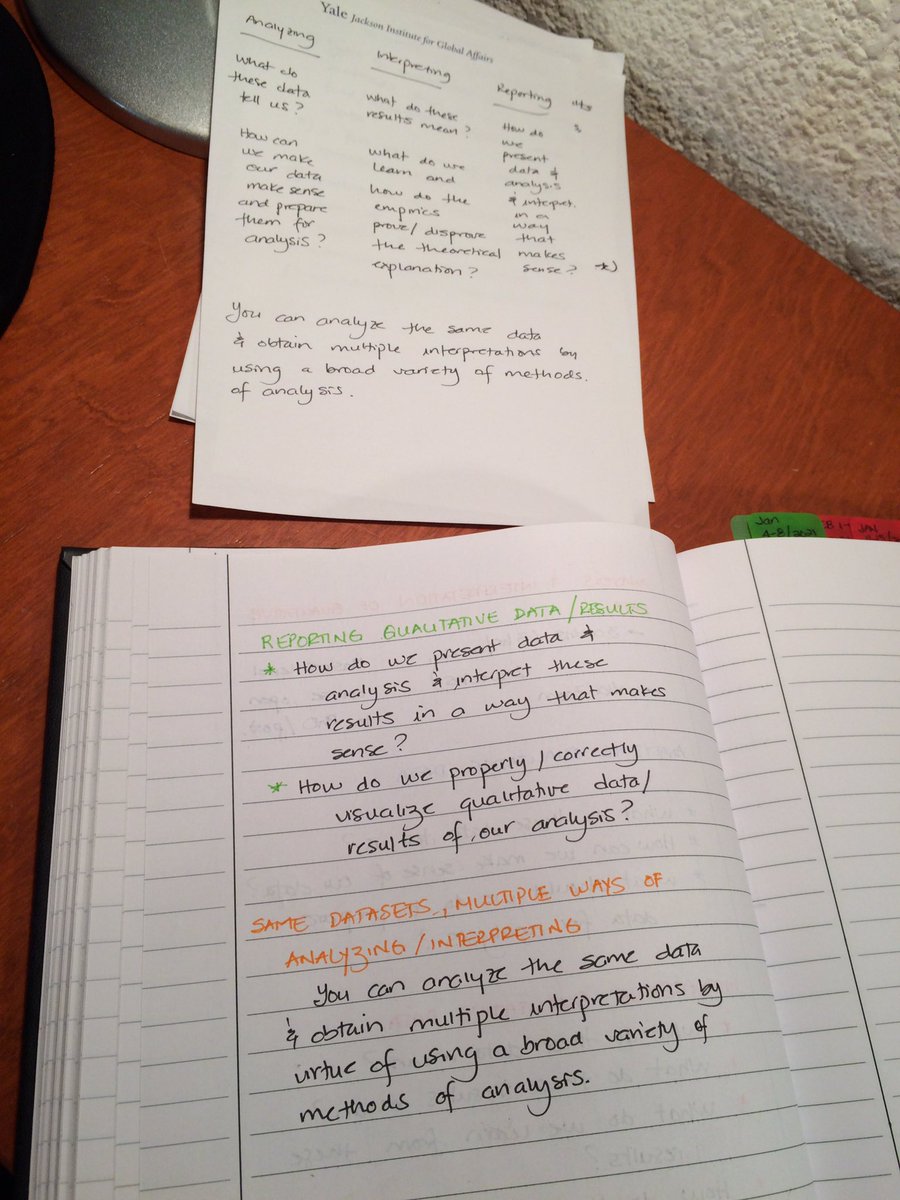
Le había prometido a @CaesarRRZ y a @camilofidel_ que iba a escribir un hilo sobre cómo generar un Esqueleto ("Outline") de un documento científico, ya sea ponencia, artículo, capítulo de libro, o capítulo de la tesis. Ya había escrito uno el año pasado y lo encontré! 😄
https://twitter.com/raulpacheco/status/1313797208102363136
Ahora voy a poner en acción mis estrategias para crear un Esqueleto de un documento en español, un capítulo de libro con el que me comprometí a participar en un libro editado por los profes @odmeza y @moyadiaz1980 Me permite también mostrar el asunto del Diseño de Investigación
Lo primero que hago es presentar lo que sabemos (“el estado del arte sobre la cuestión”, “la revisión de la literatura”)
Noten que incluso en mis notas de borrador incluyo autores relevantes a citar.
El capítulo es un análisis comparativo de suministro privado y público.
Noten que incluso en mis notas de borrador incluyo autores relevantes a citar.
El capítulo es un análisis comparativo de suministro privado y público.

Cuando me pongo a analizar los dos casos que he estudiado empíricamente por más tiempo, León y Aguascalientes me doy cuenta que tienen el suministro de agua y saneamiento exactamente al revés.
Aquí puedo tomar varias decisiones de diseño de investigación: agregar un caso, o...
Aquí puedo tomar varias decisiones de diseño de investigación: agregar un caso, o...

... simplemente seguir los dos casos en paralelo y ver qué encuentro. Entonces mi estudio será una comparación de casos (a la @LesleyBartlett_ ).
Opto por una pregunta de investigación preliminar en donde busco explicar las variaciones en procesos decisorios.
Opto por una pregunta de investigación preliminar en donde busco explicar las variaciones en procesos decisorios.

Opto por usar rastreo de procesos comparados como método y obtener datos de tanto de archivos como de entrevistas semi-estructuradas.
Para ello obviamente necesito hacer trabajo de campo en ambas ciudades. A todo esto me refiero cuando hablo de la “Estrategia Empírica”
Para ello obviamente necesito hacer trabajo de campo en ambas ciudades. A todo esto me refiero cuando hablo de la “Estrategia Empírica”

Mis notas crudas obviamente me van a requerir refinar el diseño y la pregunta de investigación, así como reconsiderar la selección de casos, pero al menos tengo un diseño y pregunta preliminares y una propuesta de estrategia empírica.
Me conviene ir leyendo sobre el tema.
Me conviene ir leyendo sobre el tema.

Aquí esta un borrador del Esqueleto Inicial del capítulo. Como indiqué en mi hilo 🧶 yo empiezo con un Esqueleto Inicial o Preliminar y luego me pongo a detallar las secciones y sub-secciones (generalmente usando Enunciados Ancla y/o Preguntas Detonadoras) 

Aquí el borrador, super preliminar, del Esqueleto Inicial del Capítulo.
Normalmente yo dejo el Esqueleto Inicial como un documento por separado, y el Esqueleto Detallado lo hago en otro documento. Esto me permite recordar la estructura "macro".
Normalmente yo dejo el Esqueleto Inicial como un documento por separado, y el Esqueleto Detallado lo hago en otro documento. Esto me permite recordar la estructura "macro".

Este es un avance del Esqueleto Detallado del Capítulo, basado obviamente en mis notas. Obviamente falta detallarlo muchísimo más, pero para ser un esfuerzo en el que apenas empecé a poner mis ideas en papel en sábado en la noche, está bien. Con esto alcanza. 

Algunas notas importantes:
1) Noten dónde reporto el Diseño de Investigación (en donde mucha gente pondría "Metodología"). Si usan mi estrategia para su tesis, yo sugeriría incluir el Diseño de Investigación en la Propuesta de Tesis, y también en cada capítulo empírico.
1) Noten dónde reporto el Diseño de Investigación (en donde mucha gente pondría "Metodología"). Si usan mi estrategia para su tesis, yo sugeriría incluir el Diseño de Investigación en la Propuesta de Tesis, y también en cada capítulo empírico.
2) Noten también que todo esto es maleable: uno/a puede decidir cambiar de casos, agregar casos, quitarlos, cambiar de pregunta de investigación, de métodos (cualitativos, cuantitativos, espaciales, de análisis de redes sociales, etc.)
El proceso de la investigación es dinámico
El proceso de la investigación es dinámico
Seguramente cuando me siente ya a darle seguimiento al capítulo me voy a dar cuenta que hay cosas que necesito refinar. Por lo mismo, lo que presento en éste hilo es básicamente un borrador de mi proceso para construir Esqueletos y a partir de ahí, artículos/capítulos.
FIN.
FIN.
• • •
Missing some Tweet in this thread? You can try to
force a refresh







